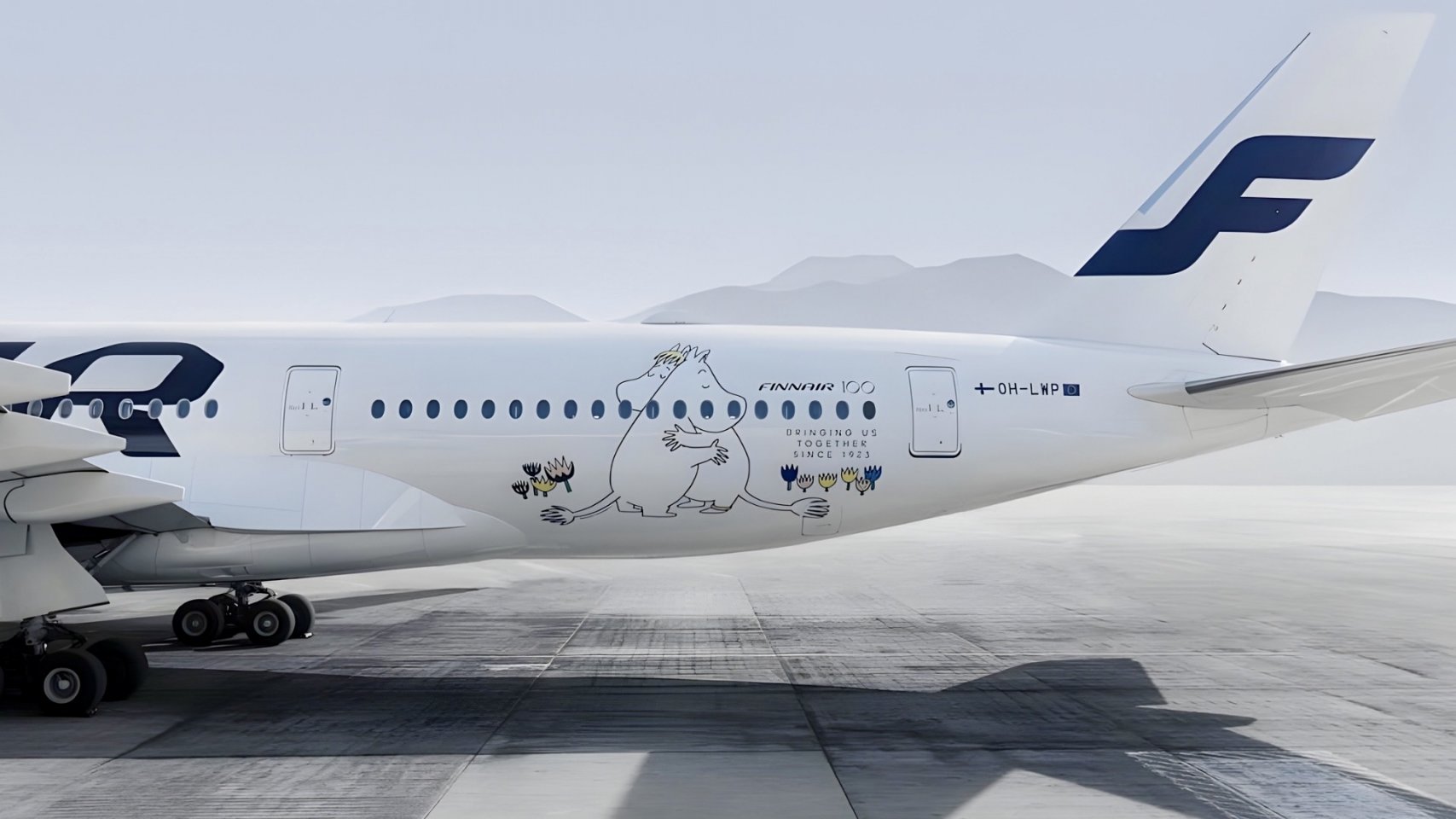The World Travel Market in London 2025 is upon us, and its figures are causing concern among investment funds with interests in southern Gran Canaria. The 2025-2026 winter season will bring both positive and negative aspects for tourism in the south of Gran Canaria. Air capacity forecasts show a slight overall increase of 3% compared to the previous winter, but this figure masks a worrying structural shift: the highest-spending markets—Germany, Scandinavia, and Finland—are significantly reducing their connectivity, while the United Kingdom is once again leading the way.
According to scheduled flight capacity data, Germany has cut its seats to Gran Canaria by 5,7%, from 602.245 to 567.630, a reduction of 34.615 seats. Sweden (-15,6%), Denmark (-15,2%), and Finland (-17,1%) have also seen decreases, confirming a decline in tourism from Northern Europe. These countries, which traditionally provide the longest-stay tourists with the highest average spending, have collectively reduced their capacity to the island by more than 30.000 seats.
In contrast, the British market—which remains the main source of tourists—is growing strongly: 541.181 seats compared to 486.653 last winter, an increase of 11,2% (54.528 additional seats). This surge is due to the aggressive expansion strategy of airlines such as Jet2 and Ryanair, which are strengthening their presence in the Canary Islands.
Other established countries also registered notable gains: the Netherlands (+10,8%), Belgium (+7,4%), France (+4,7%), Italy (+4,6%), and Portugal (+10%). Also noteworthy, though with smaller volumes, were the leaps in Austria (+48,5%) and Iceland (+102,4%), small markets but with high customer loyalty.
In total, international traffic to Gran Canaria will reach 2.101.597 seats, representing 61.444 more than the previous winter. However, the decline in the mainland market (-8,4%), which falls to 954.718 seats, partially offsets this increase. The final balance leaves the total seat capacity at 3.056.315, a slight contraction of 0,8% compared to the 2024-2025 winter season. The assessment within the tourism sector of southern Gran Canaria, especially in Maspalomas and Playa del Inglés, is one of caution. Hoteliers observe that market diversification does not compensate for the loss of Central European visitors, who are more stable and spend more. “The Nordic tourist is the one who fills the hotels in January and February, the one who provides stability to the winter season. If we lose them, we lose our profit margin,” explain sources within the sector.
The decline in flights from Germany and Scandinavia coincides with the recovery of competing destinations such as Egypt, Turkey, and Cape Verde, where major tour operators have shifted some of their capacity. According to analysts, this trend reflects that Gran Canaria remains attractive, but faces a profitability battle: more flights, yes, but from less profitable and more price-sensitive markets.
